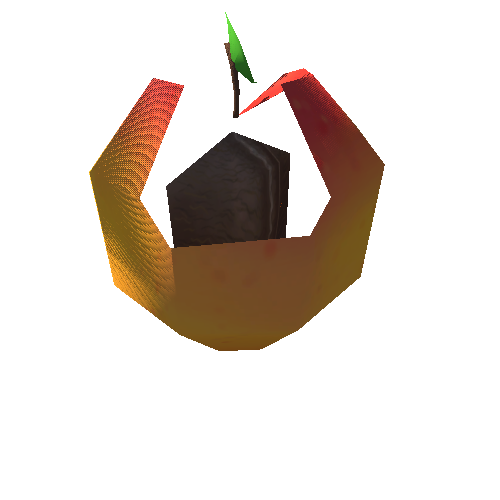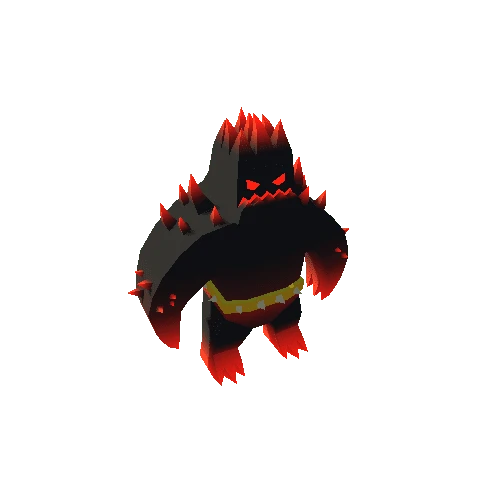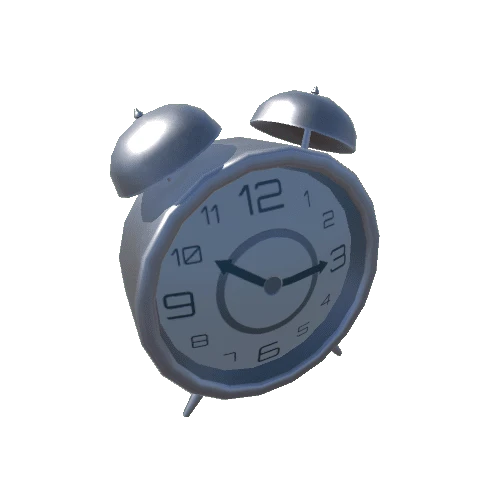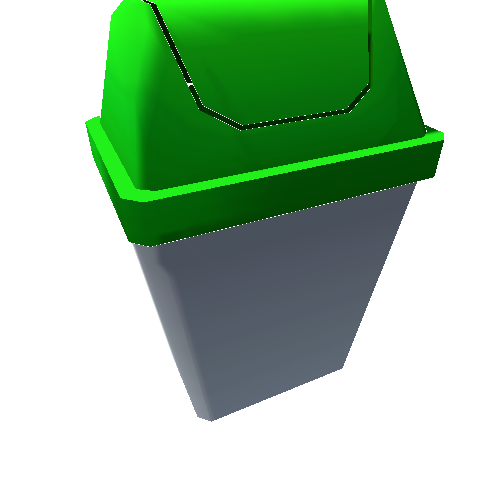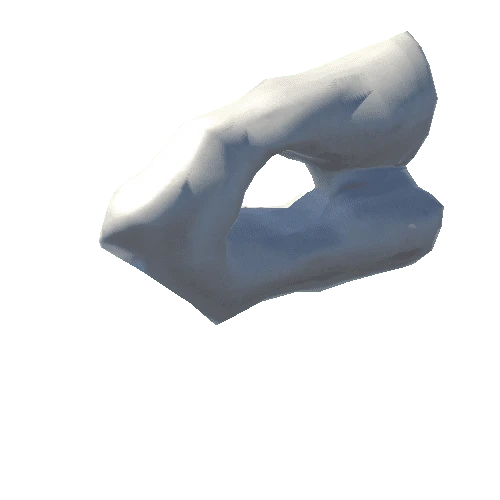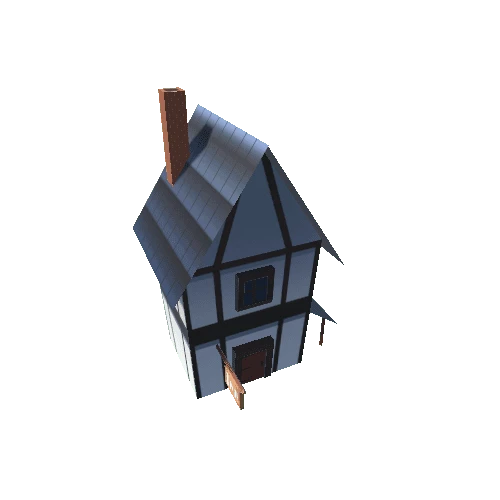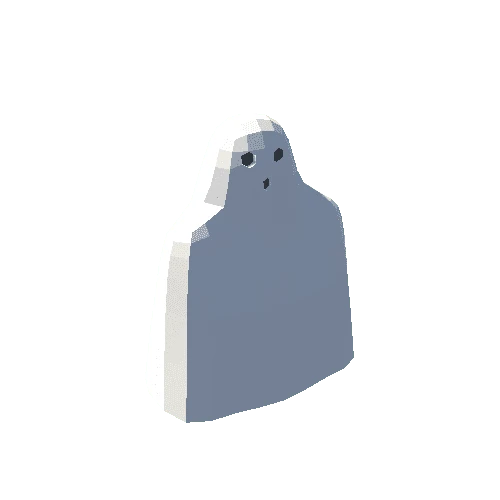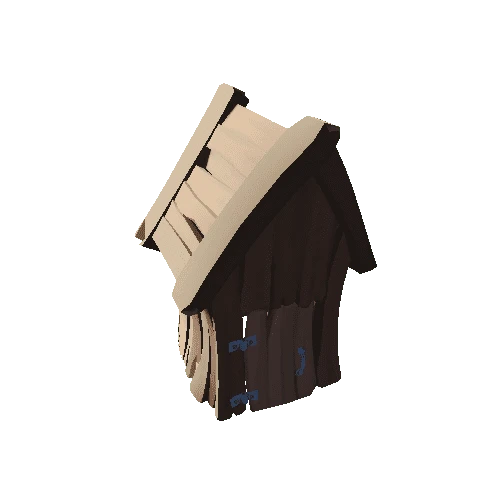Select or drop a image or 3D model here to search.
We support JPG, JPEG, PNG, GIF, WEBP, GLB, OBJ, STL, FBX. More formats will be added in the future.
Asset Overview
Dated 287 (Western Jin period). Excavated in 1983 from a tomb at the construction site of a steel factory in Hangzhou, China. Zhejiang Provincial Museum, Gushan Branch.
This type of ceramicware, sometimes referred to as the "underground barns (*gucang*)" or "soul urns (*hunping*)," was frequently used as grave goods (*mingqi*) in 3rd-century tombs in cities along China's southeast coast.
The cover of this jar is shaped into a building complex with a central tower, a courtyard enclosure, and multistory gateways with beast guardians as columns. Most notable is the row of seated figures--identified as proto-Buddhist icons--around the bottom of the cover; here we witness one of the earliest cases where Buddhist iconography intruded into indigenous Chinese art.
(Note: images of the back of the jar are largely missing due to glares of the museum lighting on the protective glass case, which makes photographing difficult.)
